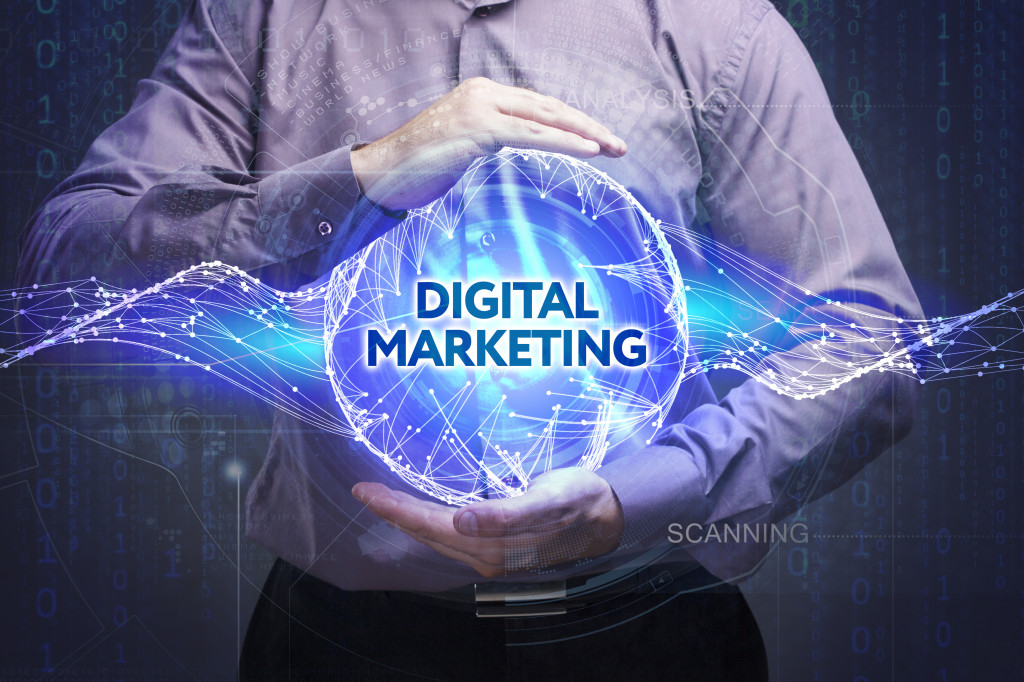Aside from transforming traditional marketing channels, today’s digital age is also instrumental in making radical changes to transport (also called transit) advertising. This kind of advertising medium has been around for quite some time — on buses, trains, taxis, and transport hubs. What were previously confined to just printed materials now include interactive displays, mobile apps, and other digital marketing tools.
Right now, transport advertising has become a major option for advertisers who want to reach a specific demographic, which are the millions of daily public transport commuters. Transport companies and operators such as the SMRT in Singapore and the London Underground Limited (LUL), which operates the historic Tube in the UK, are among the big-ticket names that employ transport advertising to great effect. These operators not only earn money for themselves but also help businesses promote their brands using a variety of digital marketing media placed on the operators’ various infrastructure such as transport vehicles and stations.
But how, specifically, is digital marketing changing transport advertising across the world? Here are five ways how:
- 1. Transport stations are now earning big from digital ads.
- 2. Transport companies are forced to adapt their traditional infrastructure to the digital platform.
- 3. Advertisers now have lots of choices when it comes to transport ad media.
- 4. Small businesses have a fighting chance when it comes to advertisement reach.
- 5. Digital marketing tools allow for insane levels of customization.
1. Transport stations are now earning big from digital ads.
A few years back, transport operators could only gain revenue from advertisers on a limited scale, given the somewhat permanent nature of printed ad materials. Today, electronic screens allow these operators the freedom of leasing the same real estate space in their vehicles to multiple clients, thereby doubling or even tripling their ad revenues. Additionally, transport operators could charge differently based on the specific time of day and week that particular ads are being run. This is hardly the case with traditional transport advertising, which ties operators to charge flat rates based on the length of advertisement.
2. Transport companies are forced to adapt their traditional infrastructure to the digital platform.
These days, transport companies who wish to capitalize on the immense revenue-generating power that digital marketing offers are being forced to adapt. By adaptation, it means that they are gradually shifting their traditional advertising infrastructure into digital ones such as LCD screens and even smartphone apps. While such a move is inherently cost-prohibitive, transport executives know that they could only reap the rewards of digital marketing if they make the financial investment, the same way other operators across the world do.

3. Advertisers now have lots of choices when it comes to transport ad media.
In the olden and not-so-distant days, advertisers could only put posters, stickers, panels, and hangers in trains, taxis, and buses. While these printed materials may be eye-catching, they may not be that noticeable, especially for commuters who used to screens. Fortunately, digital marketing innovations now offer advertisers plenty of excellent options on how they could promote their brands. For one, there are now interactive ads that let commuters scan barcodes using their smartphones, plasma or LCD screens that run different ad campaigns, and animated advertisements that catch commuters’ attention effortlessly. These options give advertisers the freedom to choose which medium best suits their advertising model, thus giving them optimum results.
4. Small businesses have a fighting chance when it comes to advertisement reach.
Emerging businesses that aim to capture a large audience now have a fighting chance with digital marketing placed on mass transport systems. As millions of workers and tourists take public transport regularly, small businesses can place ads that could help them target a big number of potential clients or buyers. And as transport ads are extremely flexible in terms of the packages available, businesses can choose which one fits their budget and best guarantees hitting their intended audience.
5. Digital marketing tools allow for insane levels of customization.
With the advent of interactivity and metrics, digital marketing companies now have the power to track and predict consumer behaviors. Accordingly, this lets them create targeted content up to the individual level in a way that’s practically impossible using traditional marketing tools. While it may seem like science fiction to some, it’s something that has been going on for quite some time as data analytics and other digital innovations become increasingly sophisticated and commonplace. This means that business who put ads on transport systems can personalize their advertisement materials in ways initially impossible. This extreme level of customization allows for highly effective marketing campaigns that could help drive up profits for advertisers.
All of these facts easily prove just how immense is the transformational power of digital marketing, particularly in transport advertising. Right now, business owners who wish to get their message across to a big number of daily commuters should invest in transport advertising if they want to create consumer awareness about their products or services.






